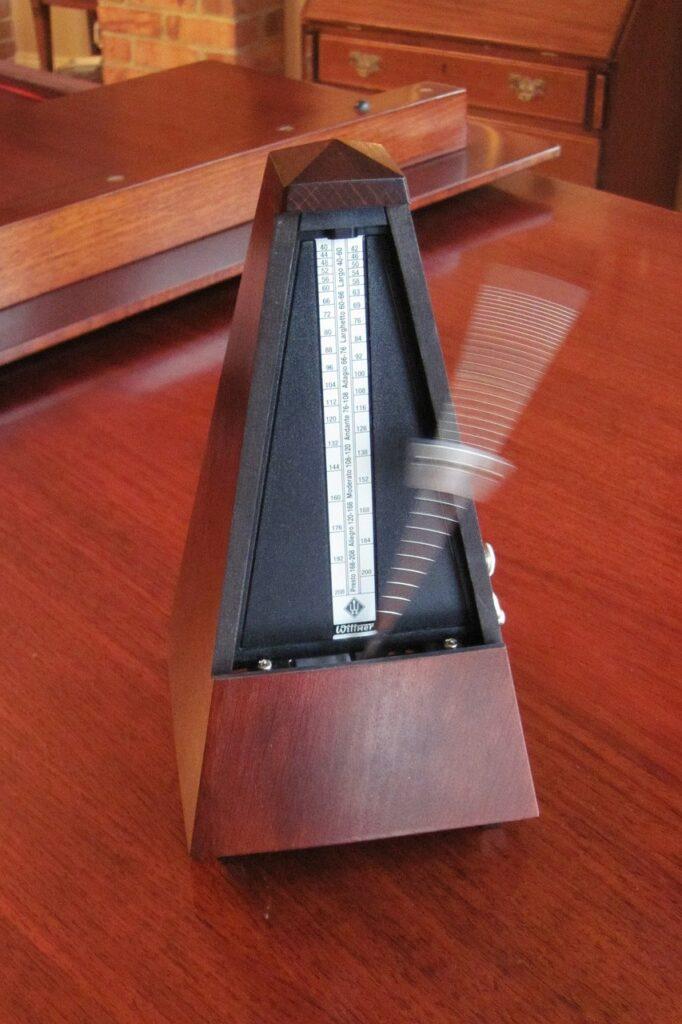What Does the Exotic Sounding Word Bravo Mean at a Concert?
Do you wonder what the word bravo means? You can sometimes hear it shouted at classical music concerts. Keep reading “What Does the Exotic Sounding Word Bravo Mean at a Concert?” to learn classical concert etiquette. Estimated reading time 2 minutes.
What Does the Exotic Sounding Word Bravo Mean at a Concert? Read More »










